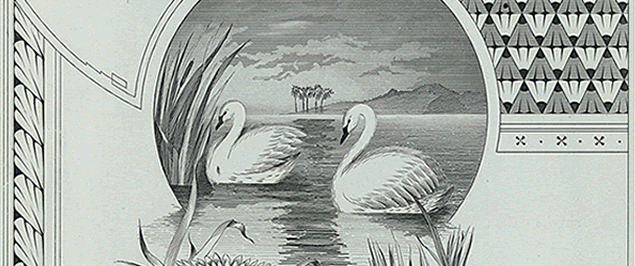The History of Restaurant Menus
The concept of enjoying a leisurely meal in an establishment specifically devoted to preparing and serving food and ordering off of a menu is one that would have been quite foreign to our ancestors. In Europe, prior to the mid 18th century and even into the nineteenth century, dining outside of the home was regarded with great suspicion as the quality of food and the establishments in which one could eat were not held in high esteem. Dining outside of the home would typically only occur when a person was traveling and had no access to their own kitchen. The wealthy who traveled were more apt to have servants who carried quality foodstuffs and prepared it for them, or to stay in the homes of friends rather than eat at such establishments. There were indeed taverns or inns that provided accommodation and where food was served along with alcohol, but it was not always food of the highest quality, and the patrons of such establishments (thought to be drunkards and thieves) were looked upon with some trepidation as well.
The concept of having a number of dishes to choose from that we are familiar with today was not an option at such eating establishments; patrons sat at one large table at an appointed hour and the eating was family style (the earliest definition of table d’hôte) and would consist of whatever the owner cared to prepare. In many cases, these dishes had the potential to be leftovers and scraps of the most foul quality imaginable.
It was much the same in America. Taverns and boarding houses in the seventeenth and eighteenth century would have served primarily travelers, as there would have been little reason (or opportunity) for most Colonial Americans to eat outside of the home. And the food in such places, as in Europe, had little to recommend it.

